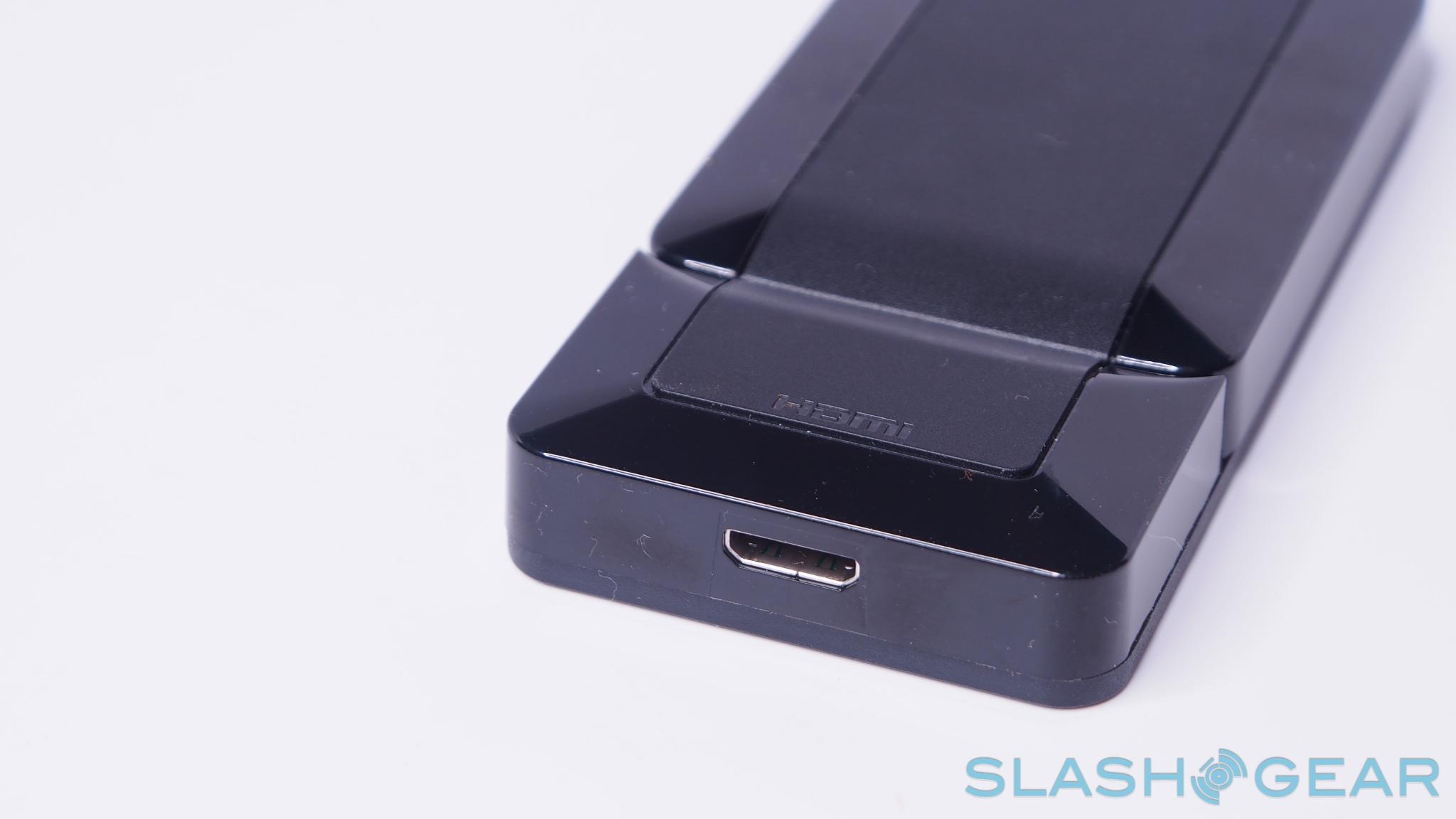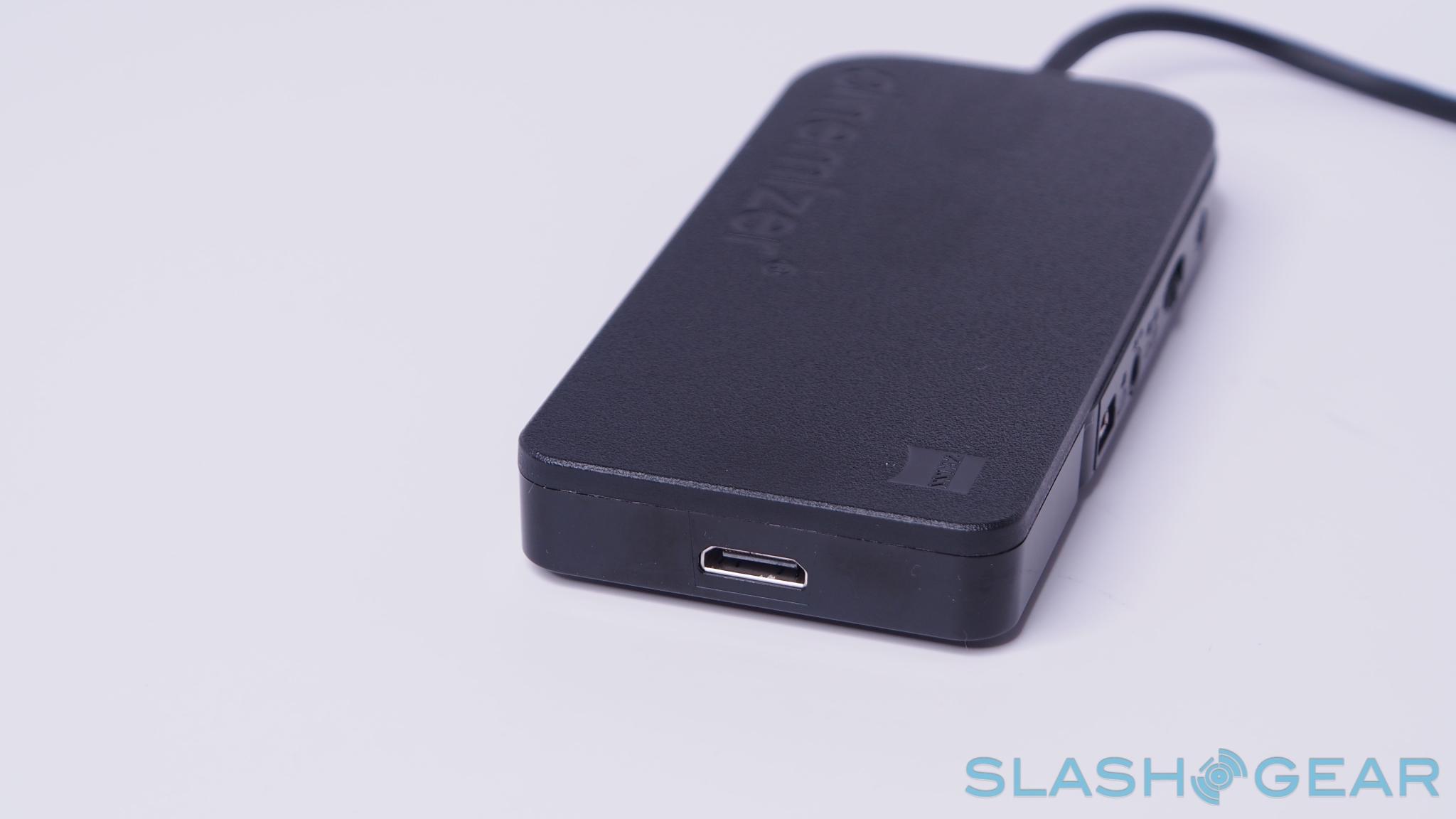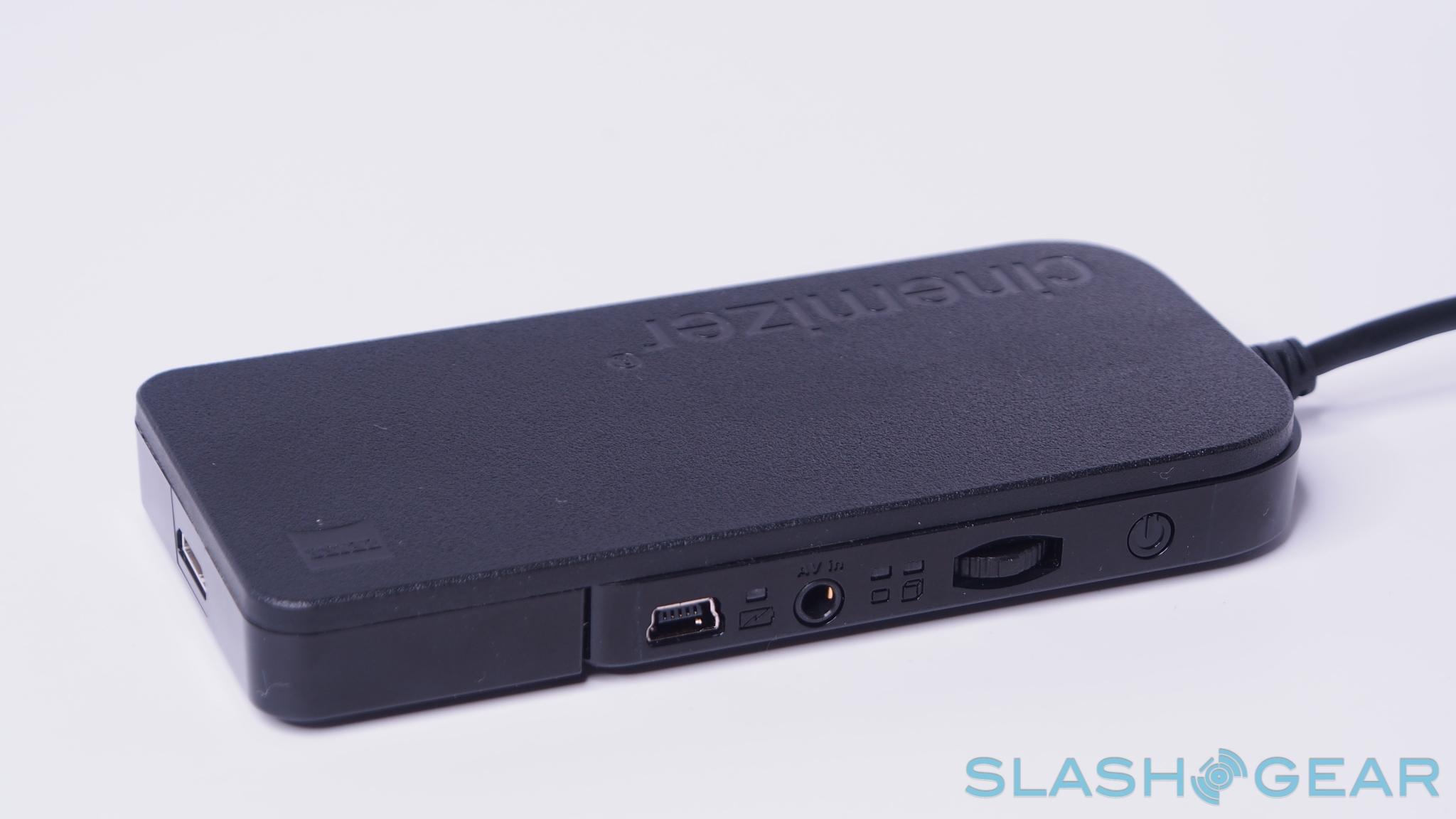Zeiss Cinemizer Review
Zeiss is a name best known for its camera lenses, but the company also has entertainment in mind with the Cinemizer OLED wearable display. A chunk set of oversized video glasses, where Google's Glass takes the approach of augmenting the real world with digital tidbits, the Cinemizer blocks out the real world and allows you to replace it with 2D/3D video and motion-tracking games. Is all that worth the $750 price tag, however? Read on for the SlashGear review.
Hardware and Design
Video glasses aren't new, though they've traditionally been oversized and clunky in their design. Zeiss takes a more streamlined approach: if it wasn't for the blank white expanse where lenses might normally be found, you could mistake the Cinemizer for sunglasses when viewed head-on. Their depth gives the game away from any other angle, though, with large rubber eyepieces fixed to a thick display assembly.
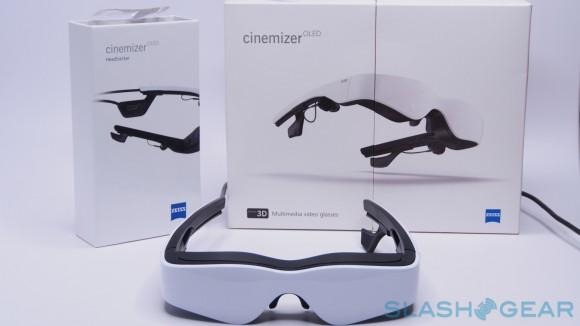
Inside, there are two OLED displays – one for each eye – that each runs at 870 x 500 resolution. That's obviously less than HD, in fact short of 720p never mind 1080p, and so while the Cinemizer has an HDMI input, you'll not be seeing anything in Full HD resolution through it. That input is in the battery box, a compact black block that offers both HDMI and analog connections, along with a 450 mAh rechargeable power pack which Zeiss claims is good for up to 6hrs of runtime, depending on what you have connected.
There's also a 3.5mm headphone jack, if you want to use your own headphones, though the Cinemizer has a pair as well. Those who would normally wear glasses get individual diopter adjustment for both sides, with dials shifting them from -5 to +2. As with any such system there's a limit to how much you can accommodate – if you have an astigmatism, for instance, there's no option to adjust for that – but if you wear a relatively straightforward prescription then you should be able to make the setup comfortable.
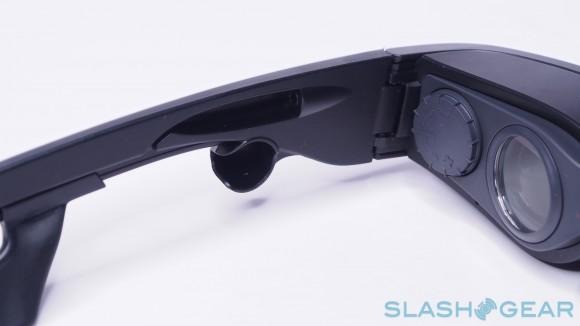
Comfort and Performance
Overall, the Cinemizer headset tips the scales at 120g, with the battery box adding another 60g to that, and the HDMI adapter a further 30g. However, since part of the weight of the video glasses themselves is supported by your ears, Zeiss quotes around 75g of weight on your nose specifically.
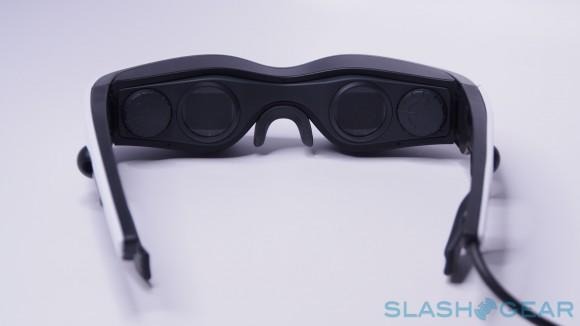
In practice, they're comfortable enough for up to a couple of hours playback, but after that point they start to feel noticeably heavy. It's a similar problem we've observed with other wearable displays; Google gets around it with Glass by only offering a monocular screen and trimming the battery down, bringing its wearable to 36g in total, but then again Glass isn't exactly made for immersive movie consumption.
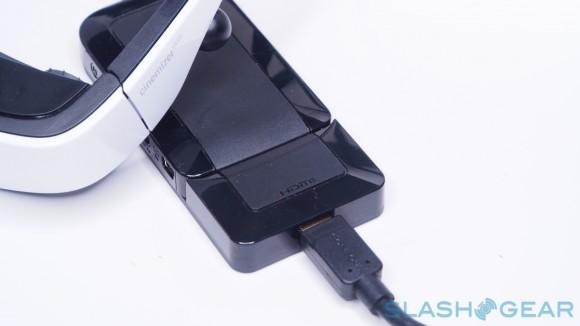
The sub-HD resolution means you'll get better video performance from your regular TV, and the supplied earbuds aren't exactly audiophile-standard. They lack bass, and the trebles don't have the sparkle that rivals offer. Zeiss' use of OLED means that the colors and contrast are at least impressively rich – though there's a purple shadowing in paler areas of the display – and the rubber eyepiece keeps out most extraneous light. Zeiss suggests you'll get the equivalent of a 40-inch TV viewed from 2m away, and there's 3D support that looks clear and has minimal crosstalk.
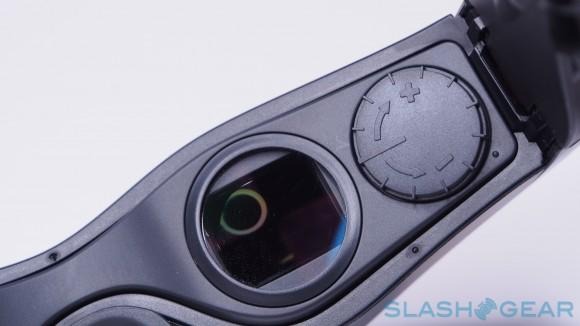
Thanks to HDMI, you can easily hook up a console or computer to the Cinemizer, but our results are mixed. The 870 x 500 resolution means anything with significant amounts of text needs outlandishly large font sizes if the writing isn't to be fuzzy, and most games assume there'll be more pixels on hand whether they're PC or console.
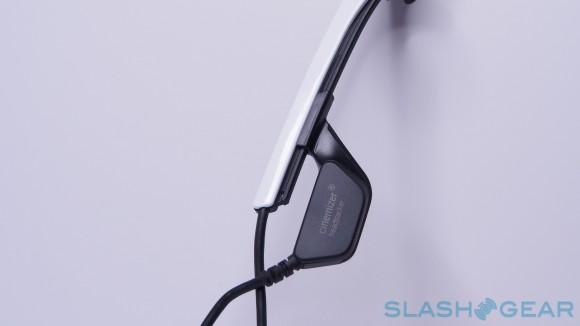
The Cinemizer also supports head-movement tracking, though we weren't particularly impressed by how usable it is. For a start it's an add-on dongle, which costs extra on top of the Cinemizer itself, snapping onto the earpiece and making the whole thing even more cumbersome. It hooks up via USB to your PC where it's basically recognized as a mouse: moving your head left and right, or up and down, and the mouse pointer moves. In games, you can do the same thing, though we struggled to achieve the same efficiency of control as with a regular mouse. It's also not full VR, as you might get with the Oculus Rift.

Zeiss quotes up to six hours of battery life when you're using the AV input, or up to 2.5 hours when you're using the HDMI port. In practice, we saw roughly that sort of runtime, though the battery invariably lasted longer than we could handle wearing the Cinemizer.
Wrap-Up
Personal video is a concept that has been around for some years now, each generation with its own advantages and, it must be said, flaws. With the Cinemizer, Zeiss addresses some of them – the headset isn't quite so clunky as previous iterations from other manufacturers – but neither, with its separate battery box, various cables, and adapters, is it as streamlined as something like Glass.
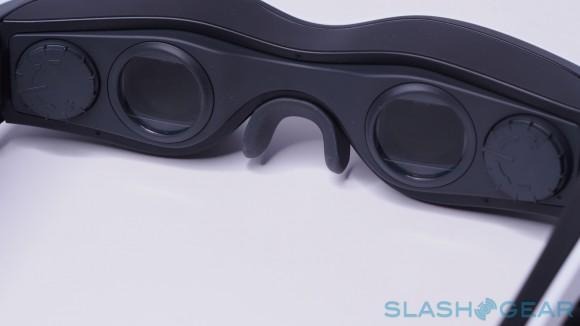
Glass and the Cinemizer represent very different markets, of course, though it's hard not to compare today's wearables. The difference is, where Glass' Explorer Edition is presented as a test move to iron out kinks, the Cinemizer is billed as a final product, complete with a $750 price tag.
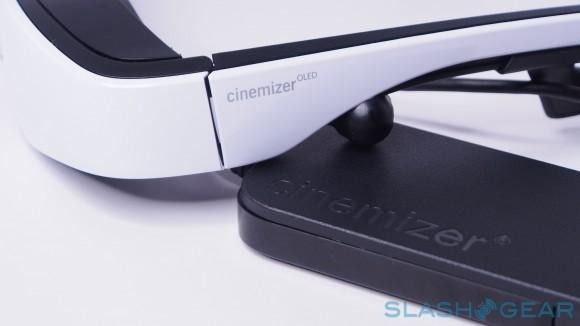
At that level, it's hard to recommend. The image quality is reasonable but lacks in resolution, and we can't see gamers getting much use out of the head-tracking functionality, especially with the adapter itself costing extra. As wearable video displays go, the Cinemizer is probably the best we've seen, but we're left unconvinced that the segment is mature enough to warrant the expense.

